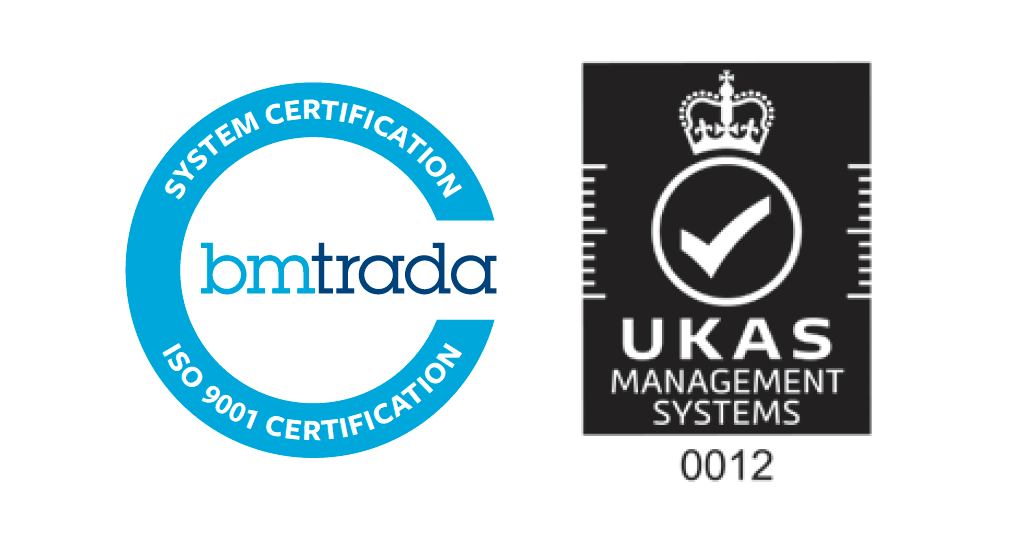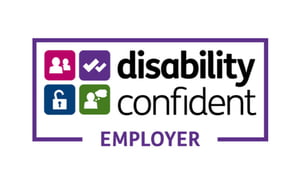In a move that has triggered disappointment across the dementia community, the National Institute for Health and Care Excellence (NICE) has confirmed it will not recommend two new Alzheimer’s drugs — lecanemab (Leqembi) and donanemab (Kisunla) — for use on the NHS.
These medicines, hailed globally as the first disease-modifying treatments for Alzheimer’s, had previously received UK licences from the Medicines and Healthcare products Regulatory Agency (MHRA). Yet NICE’s decision effectively closes the door to their routine use for NHS patients in England and Wales — unless manufacturers succeed in their appeal or patients are able to access them privately.
So what’s behind this controversial decision? And what does it mean for the future of dementia care in the UK?
The decision: What NICE said:
NICE has ruled that lecanemab and donanemab should not be provided on the NHS due to concerns over cost-effectiveness and system readiness. Even though both drugs are licensed for people with early-stage Alzheimer’s who have confirmed amyloid pathology, the agency concluded that their clinical benefits did not justify the high costs and delivery demands.
The final decision on lecanemab is expected in July 2025, following its second, ongoing appraisal. But unless major changes are made to the economic modelling or NHS delivery infrastructure, the outcome is unlikely to change without political intervention or new evidence.
Understanding the drugs:
Lecanemab and donanemab are monoclonal antibody therapies that target the accumulation of amyloid β plaques — a key pathological hallmark of Alzheimer’s disease.
Unlike previous treatments, which focus on alleviating symptoms, these drugs aim to slow the actual progression of the disease — a milestone shift in Alzheimer’s research and care.
NICE’s rationale:
While acknowledging the innovation behind these drugs, NICE concluded that:
- The clinical benefit, though real, is relatively modest — equivalent to a delay of 4 to 6 months in disease progression.
- The drugs are extremely expensive, with the official price in the US being up to £25,000 per patient per year.
- The NHS would need significant infrastructure investment to safely administer the drugs — including regular infusions, MRI scans, and monitoring for brain swelling or bleeding.
Even if the drugs were provided at zero cost, NICE stated that the delivery model alone would not be cost-effective under current NHS capacity and guidance frameworks.
NICE’s focus on system readiness:
One of the most striking aspects of the ruling was NICE’s focus on system readiness — or rather, the lack of it.
- These drugs are delivered intravenously every 2–4 weeks, requiring specialist infusion centres.
- MRI monitoring is required to detect side effects like amyloid-related imaging abnormalities (ARIA / brain swelling).
- Many NHS memory clinics are already overburdened, with long waits for assessment and diagnosis, and few have the imaging or neurology infrastructure needed to deliver this type of treatment at scale.
- In particular, imaging services are limited; the UK has fewer MRI scanners per capita than many comparable countries.
These treatments rely on a high level of diagnostic precision—confirmed amyloid pathology, MRI capacity, and regular patient monitoring. At present, this is not feasible to deliver equitably across the country. This means that even if lecanemab and donanemab had been approved, the NHS simply isn’t prepared to deliver them equitably.
The evidence gap: Insights from the 2024 Lancet Commission
The 2024 Lancet Commission on the Future of Dementia Care highlighted a major structural issue: the UK does not systematically collect the real-world data needed to evaluate and implement novel treatments effectively.
Key points include:
- Lack of national registries for tracking disease progression or treatment outcomes
- Gaps in diagnostic coding in primary care and memory services
- Limited integration of clinical, imaging, and genomic data
This means NICE had to base its modelling on trial-based evidence, which may underestimate the full societal value of treatment—such as delaying residential care, or reducing burden on carers.
The Commission recommended urgent investment in data infrastructure and real-world evidence platforms, echoing calls from Alzheimer’s charities and academics.
Disappointment Across the Sector:
The response to NICE’s ruling has been swift and emotional:
- Alzheimer’s Society described it as a devastating setback for people with dementia and their families.
- Hilary Evans-Newton, from Alzheimer’s Research UK, said that while perhaps not surprising, the new is “a painful setback for people affected by Alzheimer’s”, who now face a long wait for innovative treatments, unless they can pay privately for lecanemab and donanemab.
- Pharmaceutical firms Eisai and Eli Lilly, which manufacture the drugs, said the cost-effectiveness model used by NICE fails to consider broader value — such as delaying the need for residential care or reducing caregiver burden.
Many experts argue that NICE’s evaluation framework hasn’t evolved fast enough to reflect advances in neuroscience or account for the unique challenges and societal costs of dementia.
What This Means for the UK:
This ruling could have wider consequences for the UK’s standing in the dementia space.
The decision has also revived calls for NICE to revisit its methods for evaluating value in progressive neurological diseases—especially those where early intervention can change long-term outcomes.
What Happens Next?
- NICE’s final guidance on lecanemab is expected in July 2025.
- Manufacturers may appeal or submit new data—particularly around subgroup effectiveness or long-term cost offsets.
- The government and NHS England are under pressure to publish a clear roadmap for future dementia treatments.
- Beyond lecanemab and donanemab, there are 138 dementia medicines being tested in 182 trials around the work.
In the meantime, many believe the UK needs a dual focus: ensuring readiness for future treatments, while scaling up the infrastructure and data systems that can support their safe and effective use.
See our snapshot for a summary of the ruling or read the full ruling here.
To learn more about our work with Alzheimers, contact us today.




